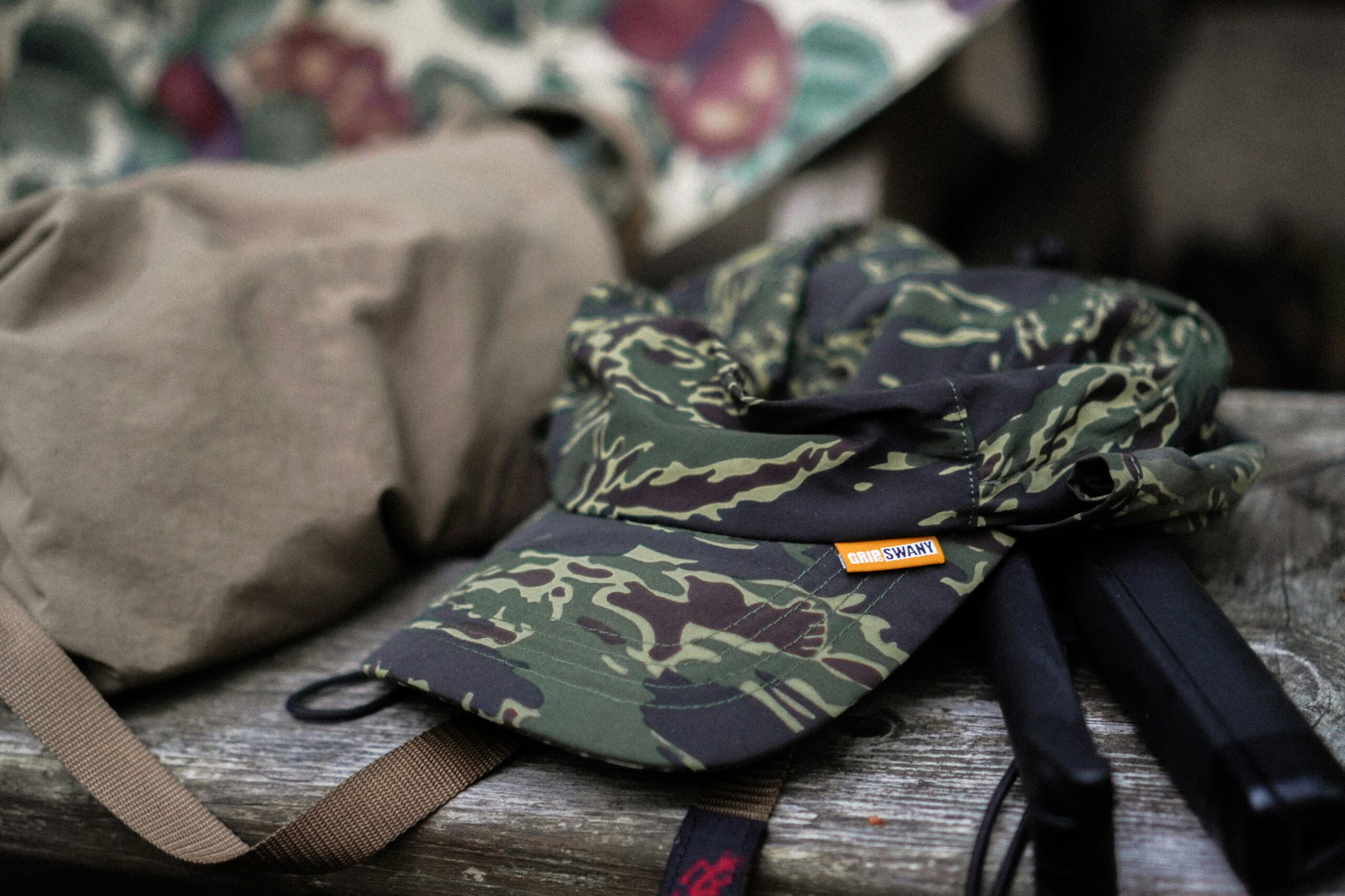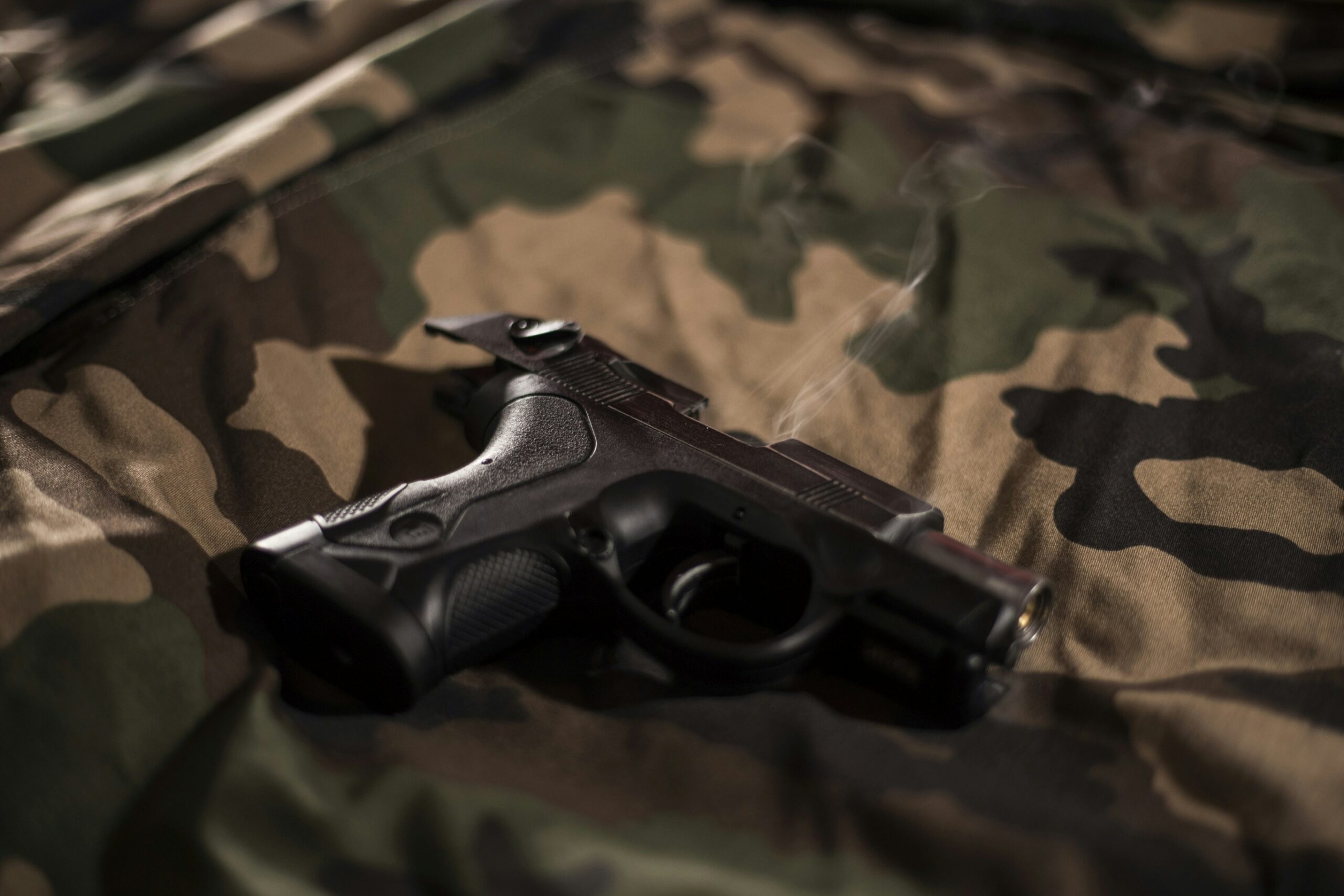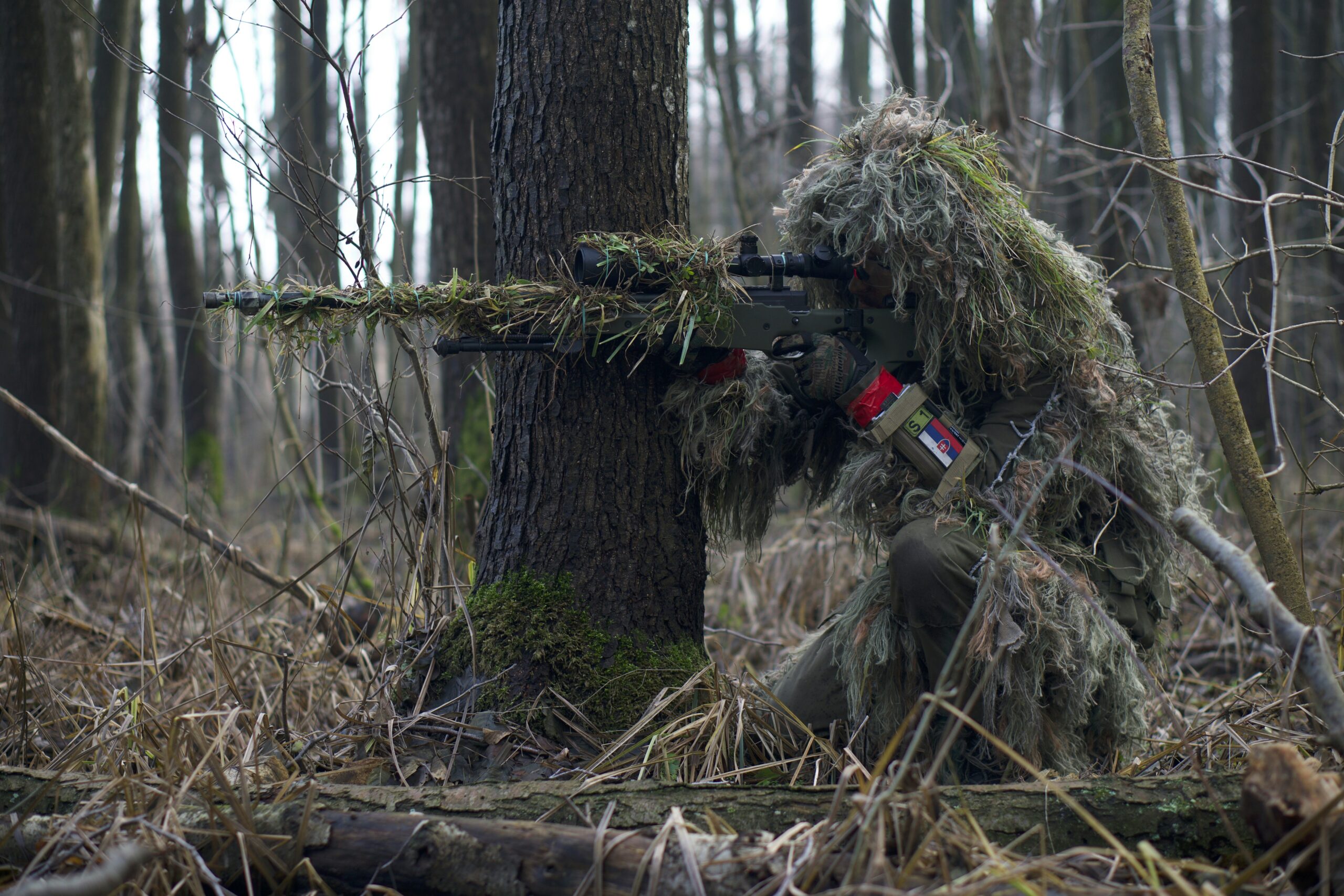Have you ever wondered why some types of camouflage seem more effective than others depending on the environment? Understanding the various camouflage color schemes is crucial, especially if you find yourself needing to blend into different settings, whether for military purposes, hunting, or wildlife photography.
Introduction to Camouflage Color Schemes
Camouflage, an essential technique employed to disguise people or objects, involves choosing colors and patterns that make them less visible or distinguishable from their surroundings. Over the years, numerous camouflage patterns and color schemes have been developed, each tailored to particular environments.
The Purpose of Camouflage
At its core, camouflage aims to deceive the observer, making objects blend into the ambient environment seamlessly. This has practical applications in military operations, sports like paintball, wildlife observation, and even fashion. Different color schemes cater to varying environments such as forests, deserts, urban areas, and snow-covered terrains.
Popular Camouflage Color Schemes
Several camouflage color schemes have gained popularity over the years. Let’s take a closer look at some of the most widely used schemes and their intended environments.
Woodland Camouflage
Woodland camouflage is designed explicitly for verdant, forested environments.
| Feature | Description |
|---|---|
| Primary Colors | Shades of green, brown, black, and sometimes tan |
| Pattern | Splotched, irregular shapes |
| Used by | Militaries, hunters, outdoor enthusiasts in forested regions |
Woodland camouflage has been widely adopted given its effectiveness in forested terrains where natural foliage is abundant.
Desert Camouflage
When operating in arid desert environments, desert camouflage is ideal.
| Feature | Description |
|---|---|
| Primary Colors | Various shades of brown, tan, and beige |
| Pattern | Large, irregular patches to imitate the barren, sandy landscapes |
| Used by | Military personnel in desert engagements; ideal for arid regions |
This scheme works well in sparse, open environments, offering a blend that mimics the sandy, rocky terrain found in deserts.
Urban Camouflage
Urban camouflage is tailored for built-up, industrial environments.
| Feature | Description |
|---|---|
| Primary Colors | Different shades of gray, black, white, and sometimes dark greens or blues |
| Pattern | Geometric and sometimes more abstract forms |
| Used by | Law enforcement, military units, and airsoft players in urban settings |
Urban camouflage focuses on blending with shadows, concrete, and building structures found in cities and towns.
Snow Camouflage
For snowy, wintery regions, snow camouflage is indispensable.
| Feature | Description |
|---|---|
| Primary Colors | Predominantly white with some light grays and occasional touches of light blue |
| Pattern | Blotches and streaks that resemble snowbanks and ice |
| Used by | Military forces in cold climates, winter hunters, and enthusiasts |
The light colors and irregular patterns effectively disguise individuals and equipment against a snowy backdrop.

Specialty Camouflage Color Schemes
Beyond the conventional schemes lies a realm of specialized camouflage designed for niche environments and unique scenarios. These variants address specific needs where standard camouflage might fall short.
Digital Camouflage
Digital camouflage, a modern take on traditional patterns, uses pixelated designs.
| Feature | Description |
|---|---|
| Primary Colors | Combinations vary depending on the intended environment |
| Pattern | Pixelated, digital-like blocks |
| Used by | Modern military forces; adaptable to all terrains with variations |
Digital camouflage’s pixelated design confuses the observer by breaking up the silhouette more effectively than older, more organic patterns.
Marine Camouflage
Marine camouflage is specialized for aquatic environments.
| Feature | Description |
|---|---|
| Primary Colors | Blues, greens, and grays mimicking oceanic and coastal environments |
| Pattern | Swirling patterns that blend with water and marine vegetation |
| Used by | Naval forces, divers, and underwater photographers |
The intricate patterns make it easier to blend in with the ever-changing colors and textures of the marine environment.
Ghillie Suits
Ghillie suits take camouflage to a whole new level, offering extreme concealment.
| Feature | Description |
|---|---|
| Primary Colors | Can be customized based on the environment, commonly green and brown |
| Pattern | Three-dimensional, incorporating natural elements like twigs, leaves, and grass |
| Used by | Snipers, wildlife photographers, and hunters needing high-level concealment |
Rather than a mere color scheme, ghillie suits incorporate materials from the environment to enhance their effectiveness.
Choosing the Right Camouflage
When selecting the ideal camouflage color scheme, consider the environment you’ll be operating in and the activities you’ll be undertaking. Here are some tips for choosing the best camouflage:
Assess Your Environment
Evaluate the typical colors and textures found in the environment. Are you in a forest, desert, urban setting, or snowy region? Each setting has its distinct visual characteristics.
Match the Scale
The pattern size and shapes should correspond to the environment. Large, irregular patterns are suitable for open spaces like deserts, while smaller, more detailed patterns perform better in dense foliage.
Consider the Activity
Whether you’re engaged in military operations, hunting, photography, or recreational activities like airsoft, choose a camouflage that aligns with your specific needs and mobility requirements.

Innovations in Camouflage
Advancements in technology have propelled the evolution of camouflage designs, making them increasingly effective and versatile.
Adaptive Camouflage
Adaptive camouflage technology involves materials that change colors and patterns based on the surrounding environment. This futuristic concept, though still in development stages, promises unparalleled flexibility, making it a game-changer for military and stealth operations.
3D Camouflage Printing
Three-dimensional printing technology has introduced innovative ways to produce tailored camouflage suits and accessories. This allows for highly customized patterns that suit specific environments and personal preferences.
Conclusion
Understanding the different camouflage color schemes is essential for maximizing concealment and efficiency in various surroundings. By choosing the appropriate pattern and colors, you can effectively blend into your environment, whether you find yourself in a dense forest, arid desert, urban jungle, or snowy landscape.
Camouflage is not just about using colors and patterns; it’s an intricate art form that balances science and creativity. Whether for military, recreational, or professional purposes, selecting the right camouflage can make a significant difference in achieving your objectives. Take a moment to consider the environment and activity before making your choice, and you will be well on your way to mastering the art of camouflage.


